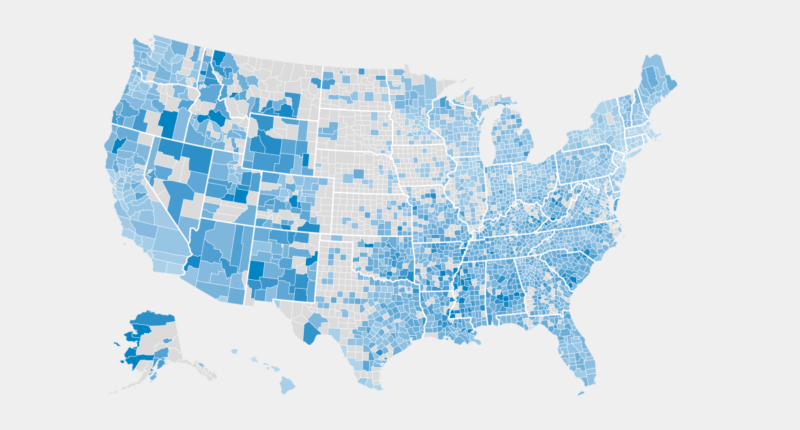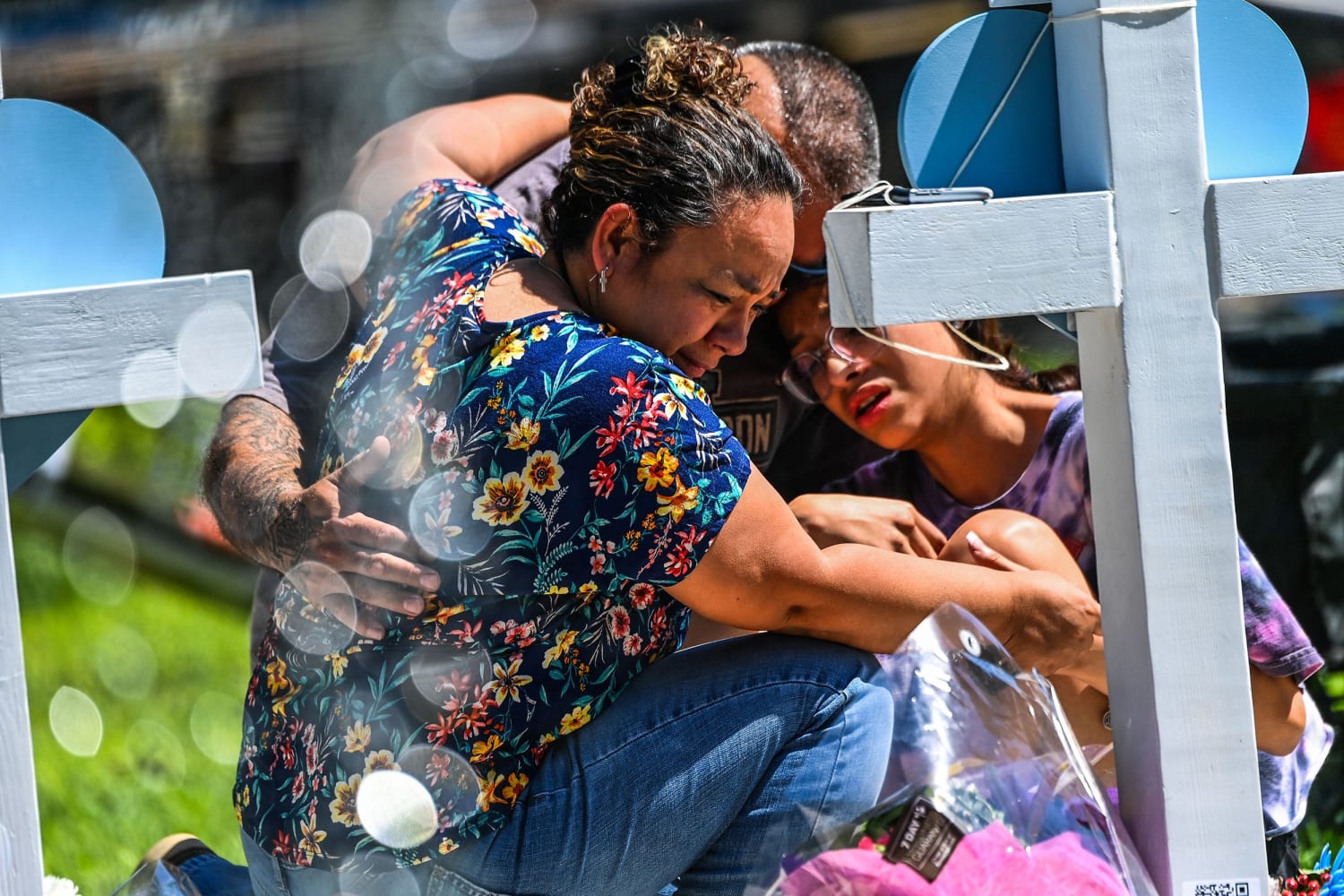
CDC data suggests firearm death rates tend to be highest in mountain states like Arizona, Idaho, Nevada and Wyoming. Research from the Rand Corp., a nonpartisan think tank, found a similar trend for gun suicides in 2020.
“These are also states that, not coincidentally, have particularly high firearm ownership rates at the population level,” said Andrew Morral, a senior behavioral scientist at Rand.
The Rand report found that gun homicide rates were highest in Southern states — particularly Louisiana and Mississippi — in 2020.
“The urban areas have a little bit higher rate of firearm homicides, but it’s not huge,” Morral said.
What’s driving the urban-rural divide?
An analysis of 1990s data from the National Center for Health Statistics, published in 2003, found no difference in intentional firearm deaths in highly rural areas compared to big cities.
Researchers aren’t sure yet why the pattern has changed since then.
Reeping and Morral said county-level trends are difficult to interpret, because each county has unique demographics and local regulations. Gun laws, however, are often determined at the state level, so they don’t fully explain discrepancies between rural and urban areas in the same state.
“In many states, there’s not much control local jurisdictions have over the regulations that they have to follow,” Morral said.
Still, researchers suspect that higher rates of firearm ownership in rural counties could drive up gun suicide rates. A 2020 study found that owning a handgun was associated with a greatly elevated risk of firearm suicide among both men and women.
How can states prevent gun suicides?
Researchers pointed to several policies that could lower gun suicide rates throughout the country.
Reeping said safe storage laws — which require guns at home to be unloaded, locked and stored when people who can’t legally possess guns are present — might help. A 2004 study found that people who locked or unloaded their stored firearms were less likely to die by suicide with guns than people who kept their firearms stored loaded or unlocked.
Reeping also noted that doctors at hospitals can assess whether people at risk for suicide have access to firearms, then work with the patients’ families to limit that access — a process known as “lethal means counseling.”
Morral, meanwhile, highlighted the effectiveness of red flag laws —which allow state courts to order the temporary removal of firearms from people’s possession if they pose significant threats to themselves or others — at preventing both suicides and homicides.
He also pointed to a Harvard-led initiative called the Gun Shop Project, which helps gun retailers display and distribute suicide prevention materials and teaches them how to avoid selling or renting firearms to customers at risk of suicide.
Source: | This article originally belongs to Nbcnews.com









